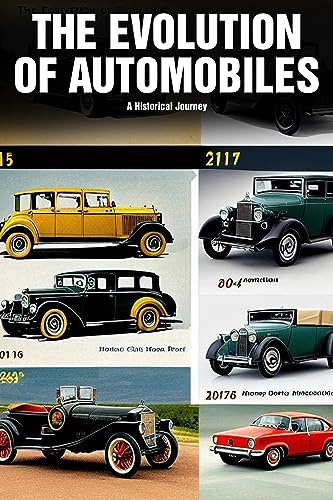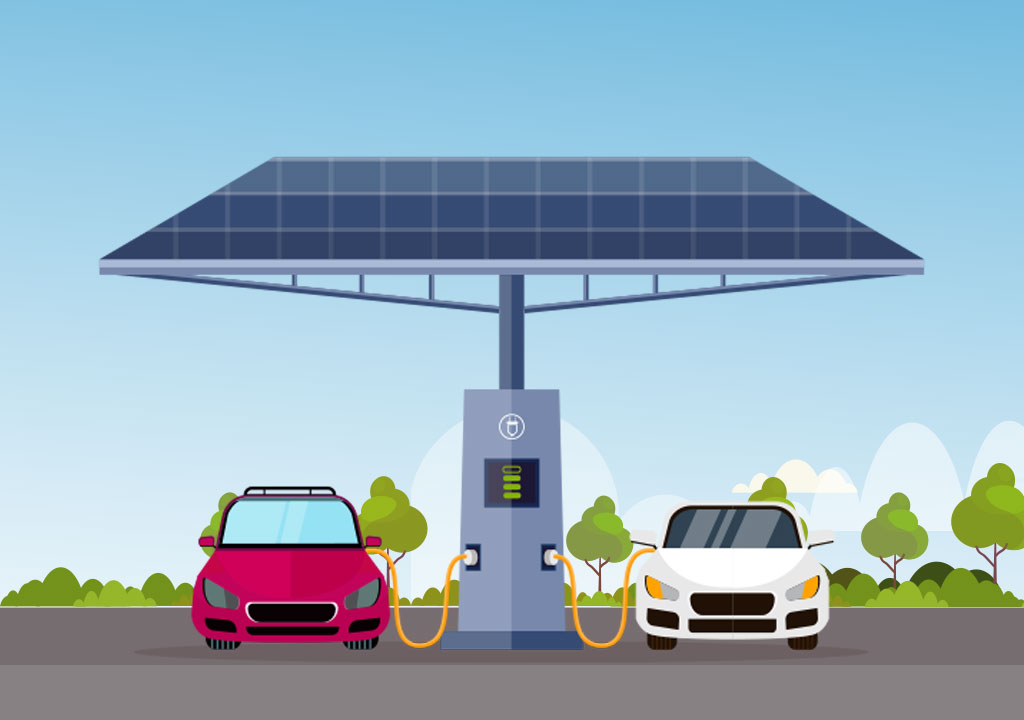Introduction
The automobile, a marvel of engineering and innovation, has become an integral part of our lives. From its humble beginnings to the sleek and technologically advanced vehicles we see today, the evolution of the automobile is a testament to human ingenuity and the relentless pursuit of progress. In this blog post, we will take you on a journey through time, tracing the remarkable evolution of the automobile and how it has shaped our world.
The Birth of an Idea
The story of the automobile begins in the late 19th century, with inventors and pioneers dreaming of a self-propelled vehicle that could replace horse-drawn carriages. One of the earliest attempts at creating a practical automobile was the steam-powered vehicle built by Nicolas-Joseph Cugnot in 1769. However, it wasn’t until the late 19th and early 20th centuries that the automobile began to take shape as we know it today.
The Pioneers
The late 19th and early 20th centuries saw the emergence of pioneering individuals and companies that played a crucial role in the development of the automobile. Names like Karl Benz, Gottlieb Daimler, and Henry Ford are synonymous with the early days of automobile manufacturing.
Karl Benz is often credited with creating the first true automobile with his Benz Patent-Motorwagen in 1886. This three-wheeled vehicle was powered by an internal combustion engine, a technology that would go on to dominate the automotive industry.
Gottlieb Daimler, another automotive visionary, developed the first four-wheeled automobile in 1889. His invention incorporated a high-speed petrol engine, steering, and suspension, setting the stage for more practical and comfortable vehicles.
Henry Ford, on the other hand, introduced the assembly line production method in 1913, revolutionizing the manufacturing process. This innovation made automobiles more affordable and accessible to the general public, paving the way for the mass adoption of cars.
The Age of Mass Production
The 20th century witnessed a rapid expansion of the automotive industry. As more manufacturers entered the scene, competition grew, leading to innovations in design, performance, and safety. The 1920s saw the introduction of features like electric starters, enclosed cabins, and hydraulic brakes, making cars more user-friendly and reliable.
The 1930s brought about the era of streamlined design, with cars like the Chrysler Airflow and the Bugatti Type 57 setting new standards in aerodynamics. These developments not only improved fuel efficiency but also enhanced the aesthetic appeal of automobiles.
The Post-War Boom
Following World War II, the automotive industry experienced an unprecedented boom. The 1950s and 1960s are often remembered for iconic cars like the Chevrolet Bel Air, Ford Mustang, and Volkswagen Beetle. These cars represented the diversity and creativity of the industry, catering to various tastes and needs.
The 1970s and 1980s saw a shift towards fuel efficiency and environmental consciousness, spurred by the oil crisis of the 1970s. Smaller, more fuel-efficient cars like the Toyota Corolla and Honda Civic gained popularity. Additionally, the introduction of safety features such as airbags and anti-lock brakes improved the overall safety of automobiles.
The Digital Age
The late 20th century and early 21st century brought about a digital revolution in the automotive industry. The integration of computer technology into vehicles led to advancements in performance, safety, and entertainment. Electronic fuel injection systems, GPS navigation, and advanced driver-assistance systems (ADAS) became commonplace.
Electric vehicles (EVs) also gained prominence as concerns about environmental sustainability grew. Companies like Tesla played a pivotal role in popularizing electric cars, offering a glimpse into a future where fossil fuels might no longer be the dominant source of propulsion.
The Road Ahead
As we look to the future, the automobile industry is on the cusp of another major transformation. Electric and autonomous vehicles are poised to reshape the way we think about transportation. With advancements in battery technology and artificial intelligence, we can expect EVs and self-driving cars to become increasingly prevalent on our roads.
Moreover, environmental concerns are driving the development of eco-friendly technologies, such as hydrogen fuel cells and sustainable materials, further reducing the environmental footprint of automobiles.
Conclusion
The evolution of the automobile is a testament to human innovation and determination. From its humble beginnings as a steam-powered experiment to the high-tech electric and autonomous vehicles of today, the automobile has come a long way. It has not only transformed the way we move but also shaped our cities, economies, and societies.
As we move forward, the automobile will continue to evolve, offering new possibilities and challenges. Whether it’s electric propulsion, autonomous driving, or eco-friendly materials, the future of the automobile industry promises to be as exciting as its past. One thing is certain: the journey of the automobile is far from over, and we can look forward to many more chapters in this remarkable story.




